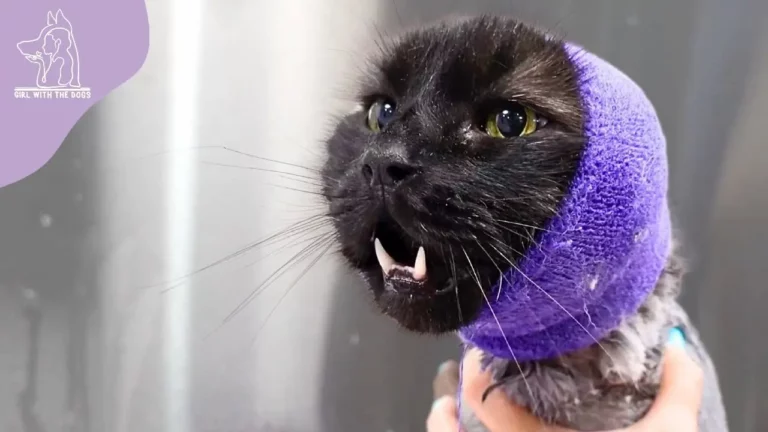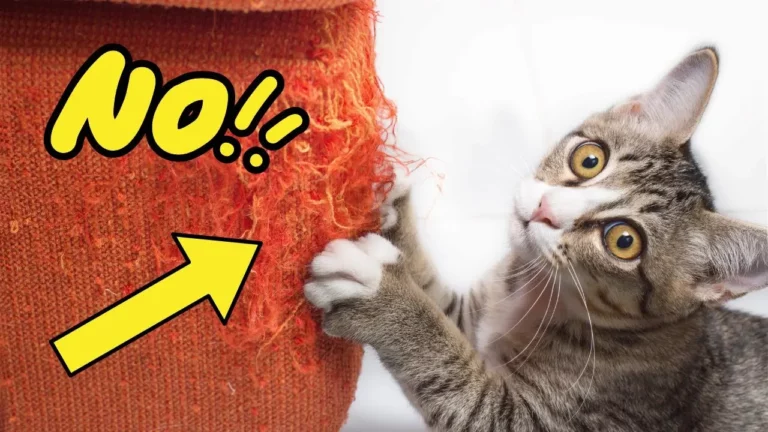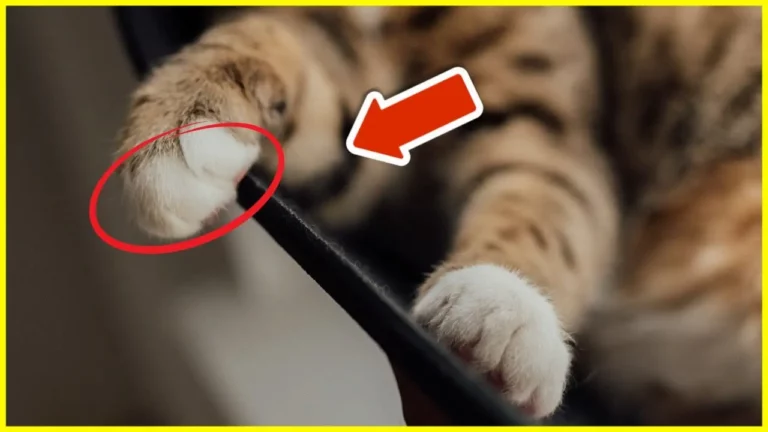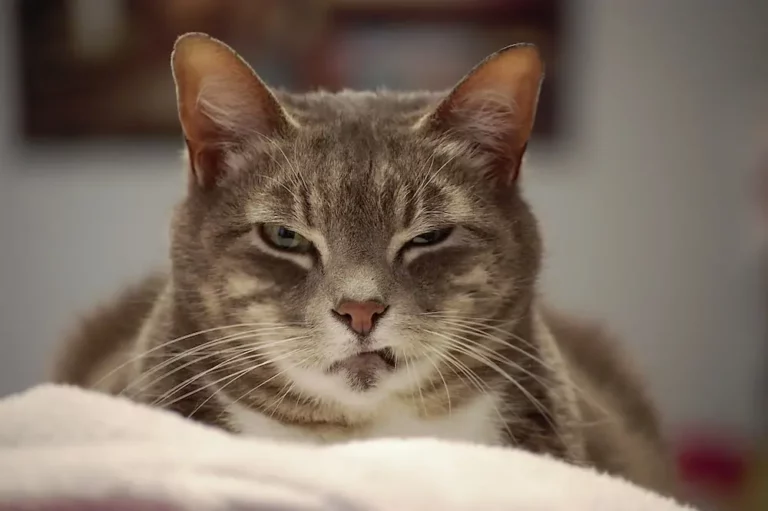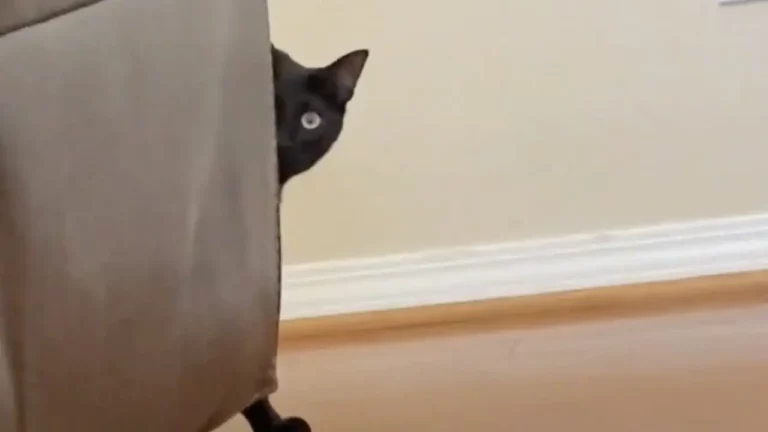The Benefits of Cat Massage and How to Do It
Have you ever wondered if your
As a dedicated
What Is Cat Massage?
Cat massage involves gentle, rhythmic strokes and light pressure applied to specific areas of a
The aim is to relax muscles, reduce tension, and enhance circulation.
Unlike grooming, which focuses on cleanliness, massage targets physical and emotional health.
You might ask, “Where do I start?” Begin with familiar spots like behind the ears or under the chin—areas most cats love being touched.
Why Massage Your Cat ?
Massaging your
- Reduces Stress: Cats often hide stress well. Regular massage can help manage their anxiety levels, making them feel more secure.
- Improves Circulation: Just like humans, better blood flow means healthier tissues and faster healing.
- Strengthens Bonding: Spending quality time through massage strengthens the trust between you and your
cat . - Early Detection of Health Issues: While massaging, you might notice lumps or sore spots early on.
Consider these examples:
- A stressed
cat may calm down significantly after a session. - Older cats with arthritis could show improved mobility due to better circulation.
The Benefits of Cat Massage
Ever wondered if
Physical Health Benefits
Cat massage isn’t just about pampering; it provides tangible health advantages.
First off, improved circulation is a big deal.
When you gently stroke your
This increased circulation can speed up healing processes, especially after injuries or surgeries.
Another perk is muscle relaxation. Cats can get tense muscles just like us.
Regular massages help ease this tension, making your
I’ve seen older cats with arthritis show significant improvement in mobility after consistent massages.
And let’s not forget early detection of health issues.
As you massage your
If there’s a new lump or bump, you’ll notice it early on. This proactive approach can lead to quicker veterinary intervention.
Emotional and Behavioral Benefits
Massage isn’t only good for the body; it works wonders for the mind too.
Reducing stress is one major benefit. Cats are sensitive creatures that can easily get stressed by changes in their environment or routine.
A soothing massage helps calm them down and makes them feel secure.
Behavioral improvements are another plus.
Ever had a
Strengthening the bond between you and your catfriend might be the best part of all this.
Spending quality time massaging your
How to Perform Cat Massage
Trying
Preparing for the Massage
First things first, find a quiet spot.
Cats appreciate calm environments without sudden noises or interruptions. Make sure they’re familiar with the area so they feel safe.
Next, check your hands.
They should be warm and clean to avoid any discomfort. Trim your nails if they’re long—cats have sensitive skin.
Also, ensure you’re relaxed because cats sense our stress.
Finally, start slowly. Let them sniff your hands and give gentle pats before diving into the massage.
This way, they know something pleasant’s coming.
Techniques for a Relaxing Massage
Now that you’re all set, let’s get into techniques.
Start with their favorite spots first—the head and neck usually win here. Use your fingertips to make small circular motions just behind the ears and down the neck.
Move gradually towards their back using gentle strokes along either side of their spine. Avoid direct pressure on the spine itself; cats prefer light touches over bones.
When you reach their chest area, switch to kneading motions like a soft dough press—paws love this part! If they seem comfortable enough, massage around their front legs but be cautious about joints.
For their belly (if they let you), rub gently in clockwise circles. Most cats are sensitive here so watch their body language closely.
Finally, end where you started—head pats or cheek rubs will leave them feeling pampered and content.
Remember practice makes perfect! Every
Cat Massage Safety Tips
When massaging your
When to Avoid Massage
First off, not every moment’s right for a massage.
If your
Cats with skin conditions or open wounds?
They need healing time before any gentle stroking.
And if you notice any signs of illness like lethargy or loss of appetite, it’s wise to hold off on the massage till they’re back in their usual spry spirits.
Signs of Discomfort
Pay close attention during the session.
Purring might mean pleasure but growling? Not so much.
Watch for tail flicking, ears flattening, or sudden movements—clear indicators they’re not enjoying it.
Sometimes cats vocalize discomfort subtly; a low meow could be a polite request to stop.
Always respect their boundaries and never force them into a situation where they feel uneasy.
Conclusion
Cat massage can offer numerous benefits for our catfriends while helping us bond with them.
It’s a wonderful way to show love and care, enhancing both their physical and emotional well-being.
Remember to take your time and pay attention to your
Always respect their boundaries and ensure they’re comfortable throughout the process.
By incorporating gentle massage into your routine you can create a calming experience that both you and your
Happy massaging!

